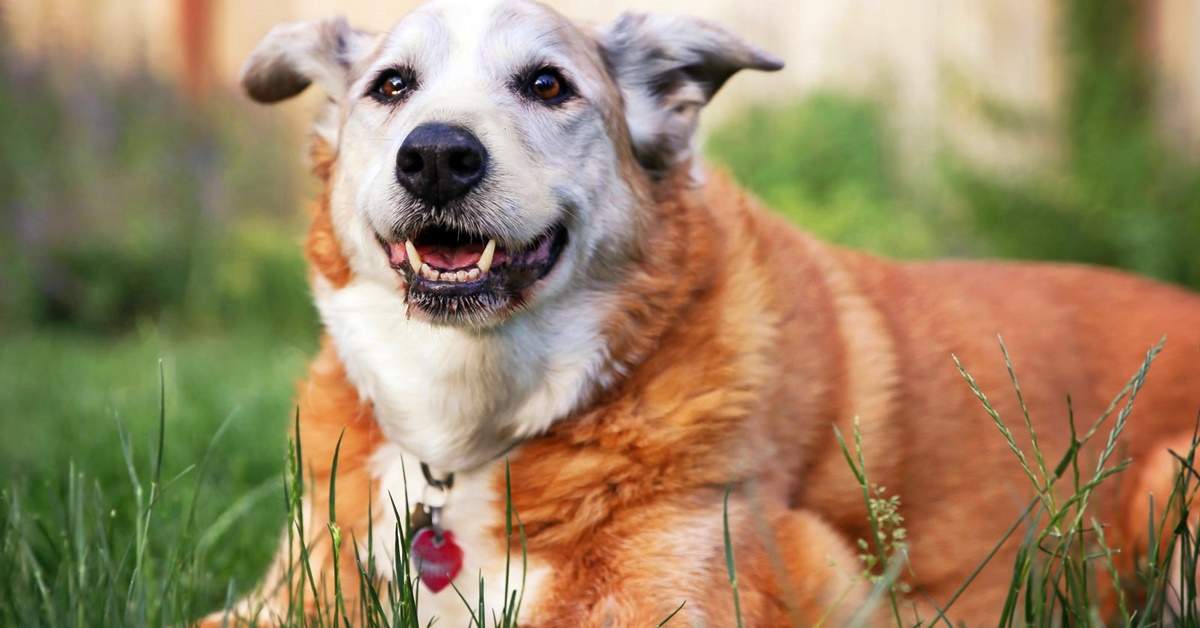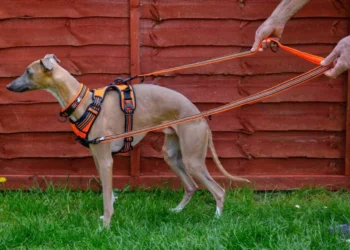Everybody gets older and starts feeling the effects of age at some point. Over time, the bones start to creak and functions don’t work quite as well as they used to. Dogs are no different. This means that when you have a senior dog there are things to be aware of.
Knowing that there are going to be some challenges that they face means you have to change how you take care of a senior dog. Taking care of a puppy has its challenges, too. This means that every stage of life of your dog has to have some adjustments made to better take care of them. In this article, we will go over several of the ways to take care of your senior dog.
1. Keep Him Warm
Dogs can end up feeling cold when they are older. They still have the same amount of fur, but they don’t have the blood circulation that they used to and often will start to feel cold even when it seems warm enough.
There are many different dog sweaters available that can help your dog feel warm enough when you are out for a walk or even when they are just sitting around the house.
Many people assume that these sweaters are only for small, short-haired dogs, but the reality is that they can be worn by any size dog and with any fur type. Senior dogs especially will need one no matter their size.
Besides feeling cold, senior dogs also suffer from stiff joints and arthritis and need to keep warm so they don’t feel so much discomfort. This is why investing in a heated bed for them is essential. This will help keep the joints loose and ensure that they have their normal level of mobility. Even a heated pad placed on top of the bed is enough to help them get some relief.
2. Keep Him Active
Once a senior dog slows down, it’s hard to get them going again. This is when the problems start to mount and they feel their aches and pains a lot more. The key is to always have them active for their age to avoid these problems set in.
Have a regular exercise routine that is appropriate for their age. The key is to have something that keeps them active without it being too much of an exertion that will cause them to feel discomfort after. Don’t push them too hard and stick to a nice walk once or twice per day to keep the joints moving and the blood circulating.
You also need to be very consistent with the routine so that they don’t end up slowing down. Try to be consistent with the times and duration of the exercise that you decide on.
3. Upgrade Their Living Space
Making some adjustments to the dog’s surroundings will make them more comfortable and as a result more mobile. There are a lot of little upgrades that you can do to help them enjoy their twilight years.
For instance, putting some carpeting on the floor in the rooms where they spend the most time will help them. This makes it easy on the joints since the carpet cushions their steps. They’re also less likely to slip and strain a muscle.

Ramps should also be considered where you have a lot of steps. Getting in and out of the house can require a lot of effort if you have a lot of stairs that they have to deal with. Putting up some ramps can make it much easier. This is true inside the house, especially where you have steps up or down going from one room to the other. Ramps can also help them get into their bed if it is located at an elevated spot.
4. Get Them Regular Checkups
Prevention is the best medicine so taking your senior dog to the vet regularly is a good way to catch any problems before they get to be a problem. This should include getting blood work done to see if there is anything happening that isn’t obvious.
Kidney and liver function gets tricky when dogs get older and a yearly blood test will reveal if there is anything wrong with them. The vet will also check their teeth and gums to see if there is any sign of infection. Likewise, their eyes will be checked to detect any vision problems that they might have.









